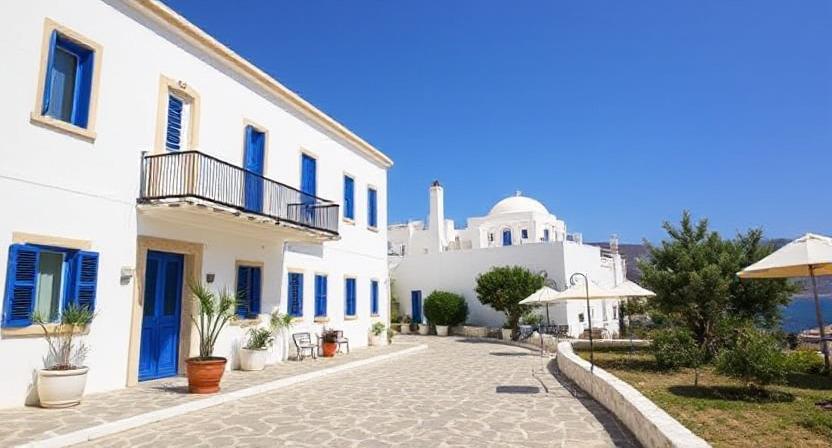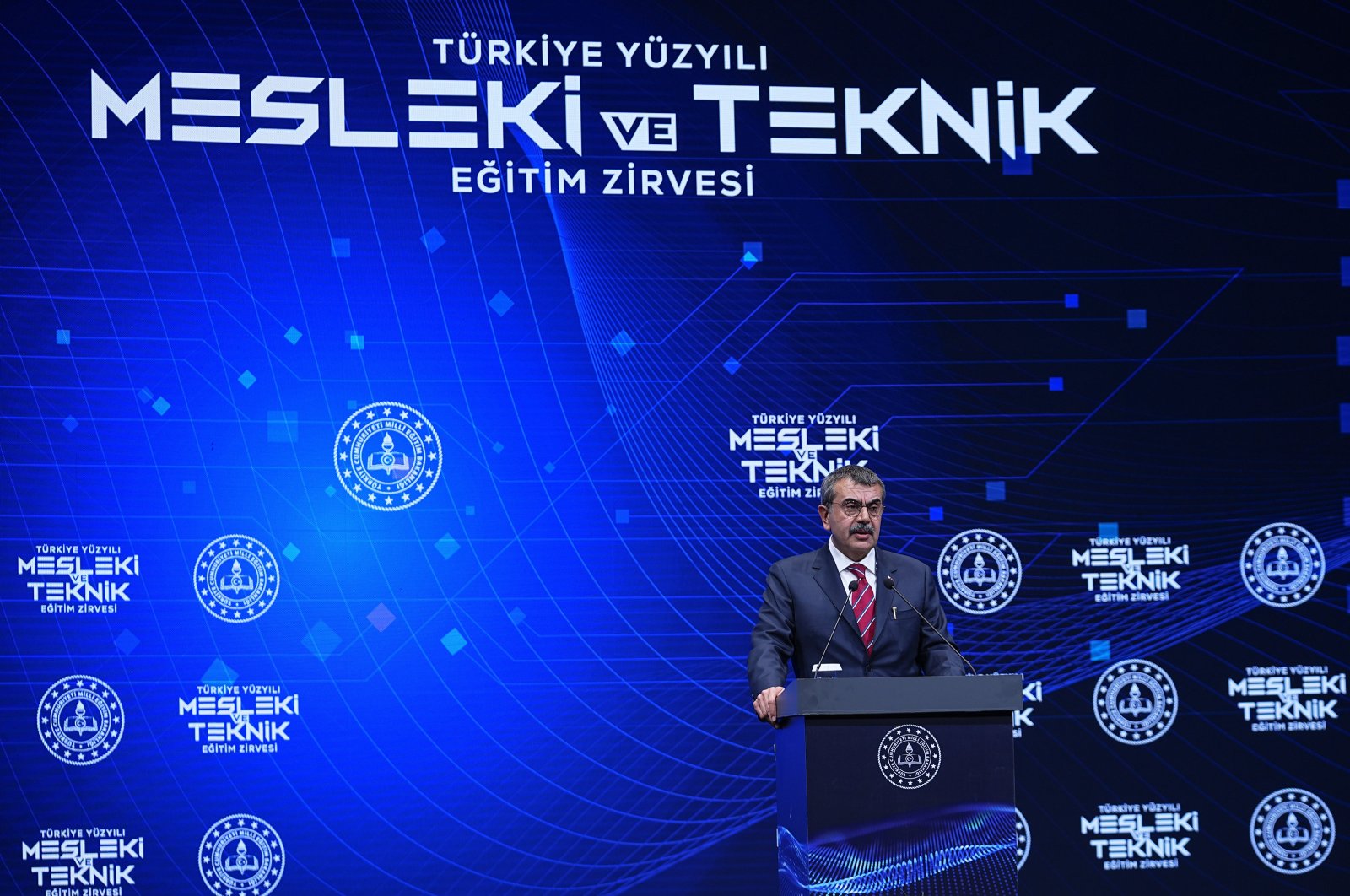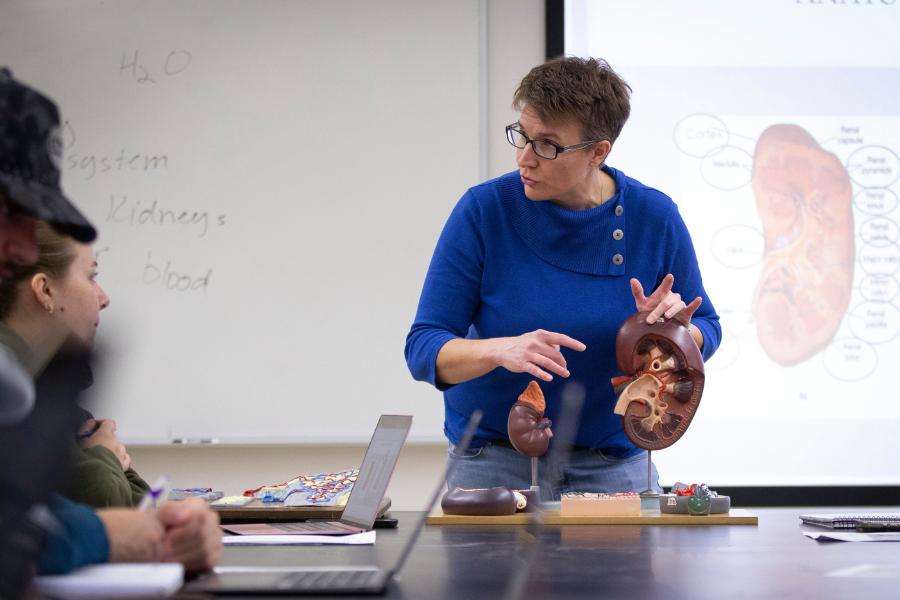Greece to Transform Educational Facilities into an Integrated Hotel-Schools to Modernize Tourism Education and Align with New Global Standards – Travel And Tour World

Report on the Modernization of Greece’s Tourism Education System
1.0 Introduction
The Government of Greece, through a joint initiative by the Ministries of Tourism and Economy, has launched a strategic project to modernize its national tourism education infrastructure. This report details the plan to transform key educational facilities into integrated hotel-schools. The initiative is designed to align Greece’s vocational training with global standards and make a significant contribution to the United Nations’ Sustainable Development Goals (SDGs), particularly in the areas of quality education, economic growth, and sustainable infrastructure.
2.0 Strategic Objectives and Alignment with Sustainable Development Goals (SDGs)
2.1 Core Mission
The primary objective is the comprehensive renovation and redevelopment of Higher Vocational Training Schools (SAEK) in Anavyssos, Heraklion (Kokkini Hani), and Perea. The project aims to create a sustainable model for tourism education that integrates theoretical learning with practical, hands-on experience in a professional hospitality environment. This approach directly supports the creation of a highly skilled workforce capable of meeting the evolving demands of the global tourism industry.
2.2 Contribution to Sustainable Development Goals
The modernization plan is fundamentally aligned with several key SDGs:
- SDG 4 (Quality Education): The initiative champions inclusive and equitable quality education by providing tuition-free, high-quality vocational training. The integrated hotel-school model enhances learning outcomes by providing practical skills for lifelong career opportunities in the tourism sector.
- SDG 8 (Decent Work and Economic Growth): By producing a well-trained workforce, the project aims to promote sustained, inclusive, and sustainable economic growth. It will create decent employment opportunities, strengthen local economies, and enhance the overall productivity of Greece’s vital tourism sector.
- SDG 9 (Industry, Innovation, and Infrastructure): The project focuses on building resilient and sustainable infrastructure through the modernization and energy-efficient upgrades of educational facilities. This fosters innovation in both education and hospitality management.
- SDG 17 (Partnerships for the Goals): The implementation relies on Public-Private Partnerships (PPPs), exemplifying a global partnership for sustainable development by leveraging private sector investment, expertise, and technology to achieve public policy objectives.
3.0 Implementation Framework: The Integrated Hotel-School Model
3.1 Public-Private Partnership (PPP) Structure
The project will be executed through a PPP framework, which is critical to its long-term sustainability and success. The key components of this model are:
- Long-Term Leasing: State-owned educational facilities will be leased to private investors through international tenders for terms of up to 99 years.
- Private Sector Investment: The selected private partners will be responsible for financing and executing the complete modernization, energy upgrades, and long-term maintenance of the properties, ensuring they meet high international standards.
- Public Sector Oversight: The Greek government, through the Ministry of Tourism, will retain full control over the educational curricula and operational standards of the schools, ensuring that the public, tuition-free nature of the education is preserved.
3.2 Operational Model
Inspired by the renowned Swiss “hotel school” model, the initiative will establish integrated facilities where educational units operate alongside fully licensed and operational hotels. This model provides an immersive learning environment where students gain direct experience in hotel management, guest services, and tourism operations. This practical application of knowledge is essential for achieving the targets of SDG 4 related to relevant job skills.
4.0 Projected Impacts and Benefits
4.1 Economic and Workforce Development
The revitalization of tourism education is projected to yield significant economic and social benefits, directly contributing to SDG 8.
- Skilled Workforce: The program will supply the Greek tourism industry with a new generation of highly qualified professionals equipped with skills aligned with global hospitality trends.
- Enhanced Competitiveness: A well-trained workforce will bolster Greece’s competitive advantage as a leading global tourist destination.
- Local Economic Growth: The initiative will generate local employment opportunities and foster partnerships with local businesses, strengthening community economies.
4.2 Sustainability and Infrastructure
The focus on modernization and energy upgrades contributes to national sustainability targets. By retrofitting buildings for greater energy efficiency, the project supports SDG 11 (Sustainable Cities and Communities) and SDG 12 (Responsible Consumption and Production) by promoting sustainable infrastructure and operational practices within the tourism sector.
5.0 Future Outlook and Expansion
5.1 Nationwide Expansion
Following the successful implementation of the initial projects in Anavyssos, Heraklion, and Perea, the government plans to replicate this integrated hotel-school model across other regions of Greece. This phased expansion demonstrates a long-term national strategy to advance quality education and sustainable economic growth nationwide.
5.2 Conclusion
The Greek government’s initiative to modernize its tourism education system represents a forward-thinking investment in human capital and sustainable infrastructure. By leveraging Public-Private Partnerships and focusing on integrated, practical learning, the project is poised to enhance the nation’s tourism industry, stimulate economic growth, and make a measurable contribution to the 2030 Agenda for Sustainable Development. This strategic reform will be instrumental in securing the long-term success of the Greek tourism economy.
Analysis of Sustainable Development Goals in the Article
-
Which SDGs are addressed or connected to the issues highlighted in the article?
The article on Greece’s tourism education modernization plan addresses several Sustainable Development Goals (SDGs). The primary connections are with goals related to education, economic growth, infrastructure, and partnerships.
- SDG 4: Quality Education – The core of the article focuses on transforming Greece’s tourism education system. It explicitly mentions the goal of providing “high-quality vocational training” and harmonizing it with “worldwide best practices.” The commitment to keeping education “tuition-free” further reinforces its connection to inclusive and equitable quality education.
- SDG 8: Decent Work and Economic Growth – The initiative is presented as an “economic growth engine.” By creating a “skilled workforce” for the tourism sector, the plan aims to boost the Greek economy, generate “employment opportunities,” and support “local economies,” all of which are central tenets of SDG 8.
- SDG 9: Industry, Innovation, and Infrastructure – The project involves the physical “renovating educational premises” and the “modernization and energy upgrade” of these facilities. This focus on upgrading infrastructure to be sustainable and efficient aligns directly with SDG 9.
- SDG 11: Sustainable Cities and Communities – The plan includes “energy-efficient upgrades” and aims to create a “sustainable model for tourism education.” By redeveloping assets in specific communities (Anavyssos, Heraklion, and Perea), the project contributes to making these settlements more sustainable and economically productive.
- SDG 17: Partnerships for the Goals – The article heavily emphasizes the implementation model, which “will utilize public-private partnerships (PPP).” The collaboration between the “Ministries of Tourism and Economy” and the involvement of “international investors” through “long-term international leasing contracts” is a clear example of the multi-stakeholder partnerships promoted by SDG 17.
-
What specific targets under those SDGs can be identified based on the article’s content?
Based on the article’s details, several specific SDG targets can be identified:
- Target 4.3: Ensure equal access for all women and men to affordable and quality technical, vocational and tertiary education, including university. The article highlights the government’s commitment to “maintaining the tuition-free aspect of tourism education,” ensuring access to high-quality vocational training without financial barriers.
- Target 4.4: Substantially increase the number of youth and adults who have relevant skills, including technical and vocational skills, for employment, decent jobs and entrepreneurship. The entire initiative is designed to provide students with “practical experience” and “high-quality vocational training” to create a “skilled workforce” ready for the global tourism market.
- Target 8.9: By 2030, devise and implement policies to promote sustainable tourism that creates jobs and promotes local culture and products. The plan is a direct policy implementation aimed at modernizing tourism education to support the long-term success and sustainability of the tourism sector, which is a major source of jobs in Greece.
- Target 9.1: Develop quality, reliable, sustainable and resilient infrastructure…to support economic development and human well-being. The project’s focus on the “modernization and energy upgrade” of educational facilities to create sustainable infrastructure directly supports this target.
- Target 17.17: Encourage and promote effective public, public-private and civil society partnerships. The article explicitly states that the project’s strategy relies on “public-private partnerships (PPPs)” and “long-term lease agreements with international companies” to achieve its goals.
-
Are there any indicators mentioned or implied in the article that can be used to measure progress towards the identified targets?
The article implies several indicators that could be used to measure the success of the initiative and its progress towards the identified SDG targets:
- For Target 4.4: An implied indicator is the number of students graduating from the modernized vocational schools with relevant skills for the tourism industry. The article’s goal of training a “new generation of tourism professionals” suggests that tracking graduation and employment rates would be a key measure of success.
- For Target 8.9: The article implies an indicator related to job creation within the tourism sector. It states the program will support local economies by “generating employment opportunities.” Measuring the growth in tourism-related jobs, especially for graduates of the new programs, would be a relevant indicator.
- For Target 9.1: A clear implied indicator is the number of educational facilities modernized and upgraded. The article specifies three initial locations (Anavyssos, Heraklion, and Perea) and mentions plans to “expand the program to other parts of the country,” which is a quantifiable measure of infrastructure development. Another indicator would be the level of investment attracted through PPPs for these upgrades.
- For Target 17.17: A directly mentioned indicator is the establishment of public-private partnerships. The article states the project “will utilize public-private partnerships (PPP),” so the number and value of these signed agreements would be a direct measure of progress for this target.
-
Create a table with three columns titled ‘SDGs, Targets and Indicators” to present the findings from analyzing the article. In this table, list the Sustainable Development Goals (SDGs), their corresponding targets, and the specific indicators identified in the article.
SDGs Targets Indicators (Mentioned or Implied) SDG 4: Quality Education Target 4.3: Ensure equal access to affordable and quality technical and vocational education. Target 4.4: Increase the number of youth and adults with relevant skills for employment.
Maintenance of tuition-free education for all students. Number of students enrolled in and graduating from the modernized Higher Vocational Training Schools (SAEK).
SDG 8: Decent Work and Economic Growth Target 8.9: Devise and implement policies to promote sustainable tourism that creates jobs. Increase in employment opportunities generated in the local tourism sector. Contribution of the modernized tourism sector to national economic growth.
SDG 9: Industry, Innovation, and Infrastructure Target 9.1: Develop quality, reliable, sustainable and resilient infrastructure. Number of educational facilities modernized with energy-efficient upgrades. Amount of investment mobilized through PPPs for infrastructure development.
SDG 11: Sustainable Cities and Communities Target 11.3: Enhance inclusive and sustainable urbanization and capacity for integrated human settlement planning. Number of redeveloped assets incorporating sustainable and energy-efficient features. SDG 17: Partnerships for the Goals Target 17.17: Encourage and promote effective public-private partnerships. Number and value of public-private partnerships (PPPs) established for the project. Number of international leasing contracts signed.
Source: travelandtourworld.com
What is Your Reaction?
 Like
0
Like
0
 Dislike
0
Dislike
0
 Love
0
Love
0
 Funny
0
Funny
0
 Angry
0
Angry
0
 Sad
0
Sad
0
 Wow
0
Wow
0



















































.jpg.webp?itok=0ZsAnae9#)


























